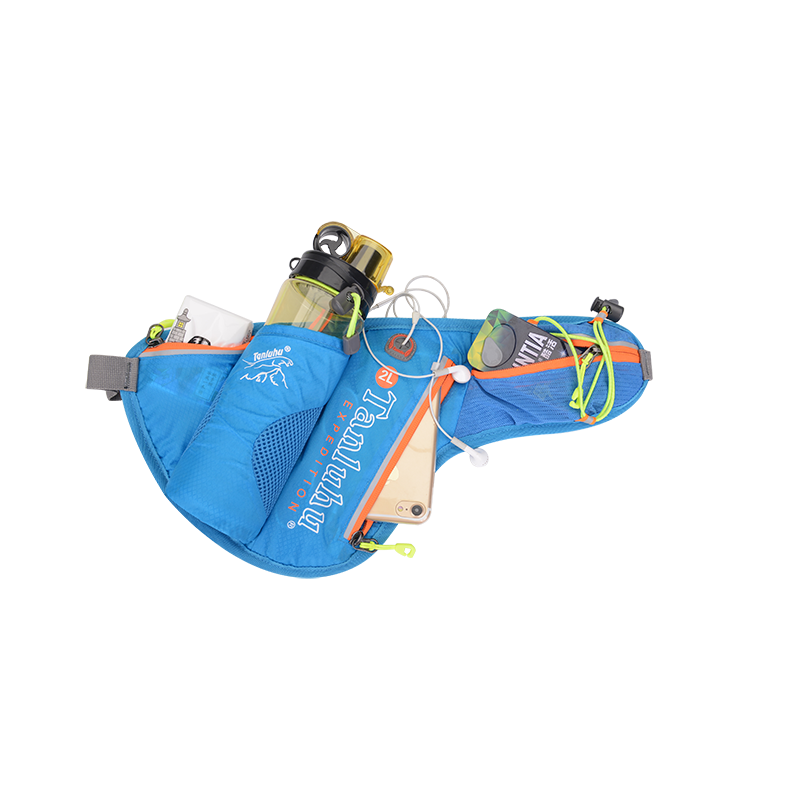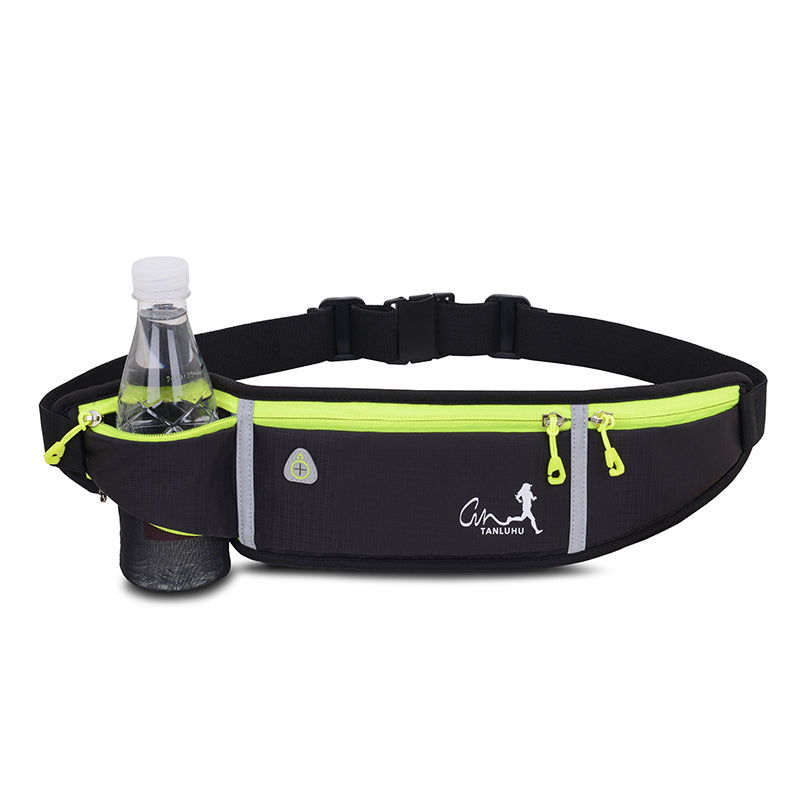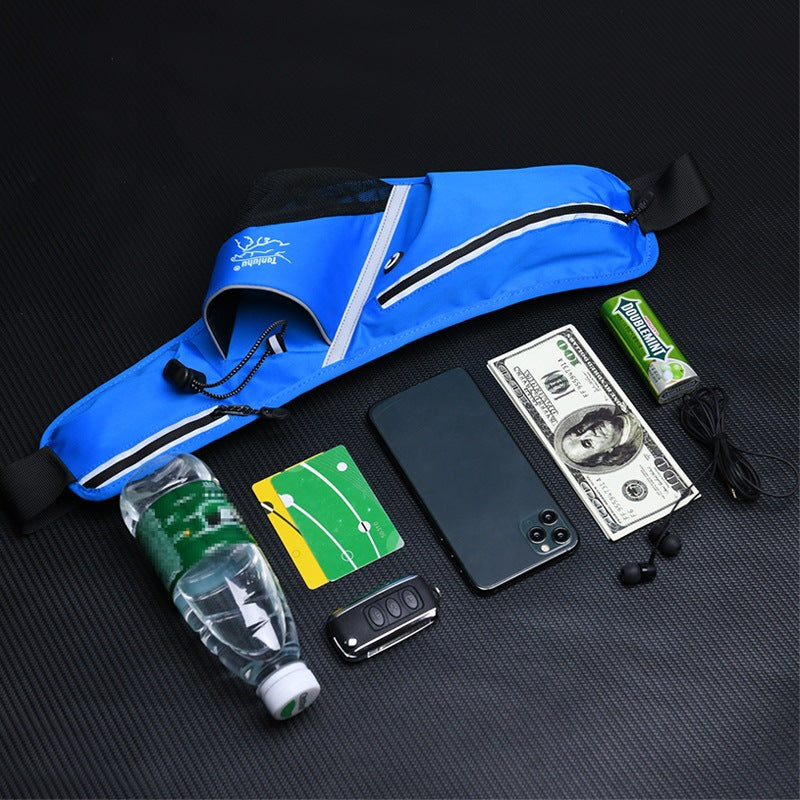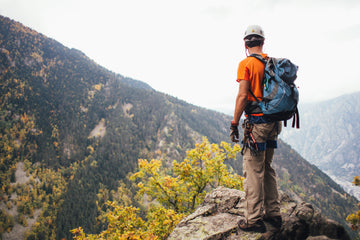Essential Gear for a Spring Solo Day Hike: Stay Prepared and Comfortable
Spring is a magical season for outdoor enthusiasts. The crisp air, blooming wildflowers, and gentle sunshine make it the perfect time for a solo day hike. However, spring weather can be unpredictable—sunny one moment and rainy the next. To ensure a safe and enjoyable adventure, proper gear is essential. Here’s a breakdown of the must-have equipment for your springtime trek:
1. Layered Clothing System
Spring temperatures can swing dramatically, especially in mountainous areas. Opt for a moisture-wicking base layer (merino wool or synthetic fabric) to keep sweat away from your skin. Add a lightweight fleece or insulated jacket as a mid-layer for warmth. Top it off with a waterproof and windproof shell jacket to fend off spring showers. Don’t forget quick-dry hiking pants (avoid cotton!) and moisture-wicking socks to prevent blisters.
2. Footwear: Trail-Ready Shoes
Choose sturdy hiking shoes or trail runners with good traction, especially if trails are muddy or slippery from spring rains. Waterproof options (e.g., Gore-Tex) are ideal for crossing streams or walking on dew-covered grass. Break them in before your hike to avoid discomfort.
3. Backpack: Lightweight and Functional
A daypack or large fanny pack with water bottle is sufficient for carrying essentials. Look for padded shoulder straps, a hip belt for weight distribution, and external pockets for easy access to snacks or a water bottle. A rain cover or waterproof liner is a smart addition.
4. Navigation Tools
Even on well-marked trails, always carry a physical map and compass—electronics can fail. A GPS device or smartphone with offline maps (e.g., AllTrails) is helpful, but ensure it’s fully charged. Familiarize yourself with the route beforehand.
5. Hydration and Nutrition
Stay fueled! Pack at least 2 liters of water (use a hydration bladder or reusable bottle) and high-energy snacks like trail mix, energy bars, or fruit. A lightweight thermos with herbal tea can be a morale booster on chilly mornings.
6. Safety Essentials
- First Aid Kit: Include bandages, antiseptic wipes, pain relievers, blister treatments, and personal medications.
- Emergency Shelter: A compact emergency bivvy or space blanket can be lifesaving if you’re stranded.
- Multi-Tool or Knife: Useful for gear repairs or preparing food.
- Headlamp: Even on a day hike, daylight can fade faster than expected.
- Whistle and Firestarter: For signaling help in emergencies.
7. Sun and Bug Protection
Spring sun can be deceptively strong. Wear a wide-brimmed hat, UV-blocking sunglasses, and apply sunscreen to exposed skin. Insect repellent (preferably DEET or picaridin) is crucial as ticks and mosquitoes become active.
8. Trekking Poles (Optional)
These reduce strain on knees during descents and improve balance on uneven terrain. Collapsible poles are easy to stash in your pack when not needed.
9. Leave No Trace Supplies
Carry a small trash bag to pack out all waste, including food scraps. A reusable container for toilet paper (if facilities are unavailable) and hand sanitizer are also wise additions.
Final Tips:
- Check the weather forecast and trail conditions before heading out.
- Share your itinerary with someone trustworthy.
- Start early to maximize daylight and avoid afternoon storms.
With the right gear, a spring solo hike can be a rejuvenating escape into nature. Prioritize safety, pack smart, and savor the season’s beauty—one step at a time! 🌼🥾




















